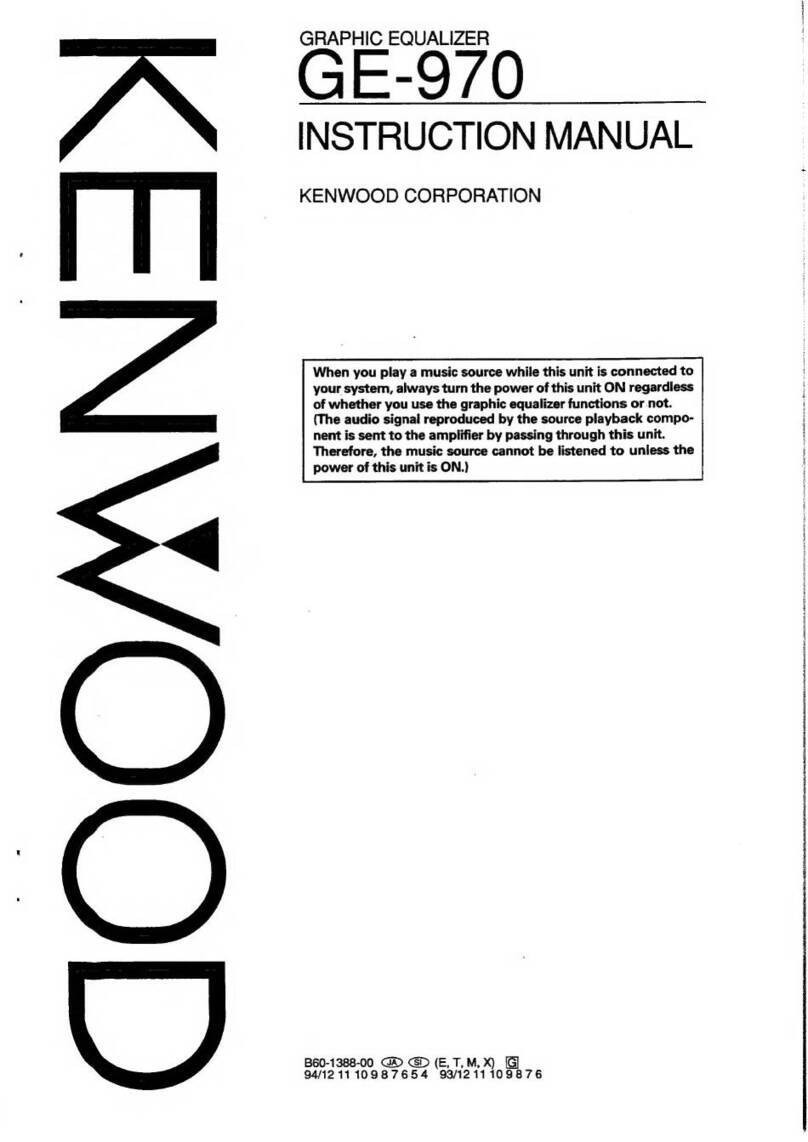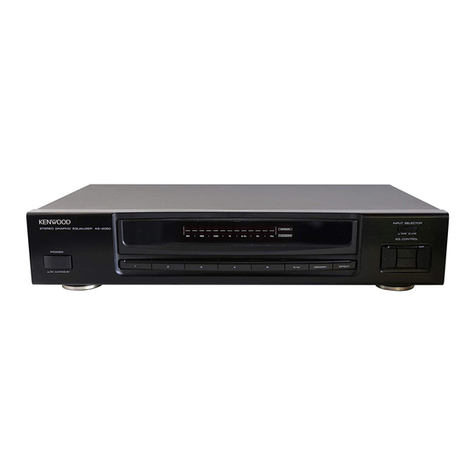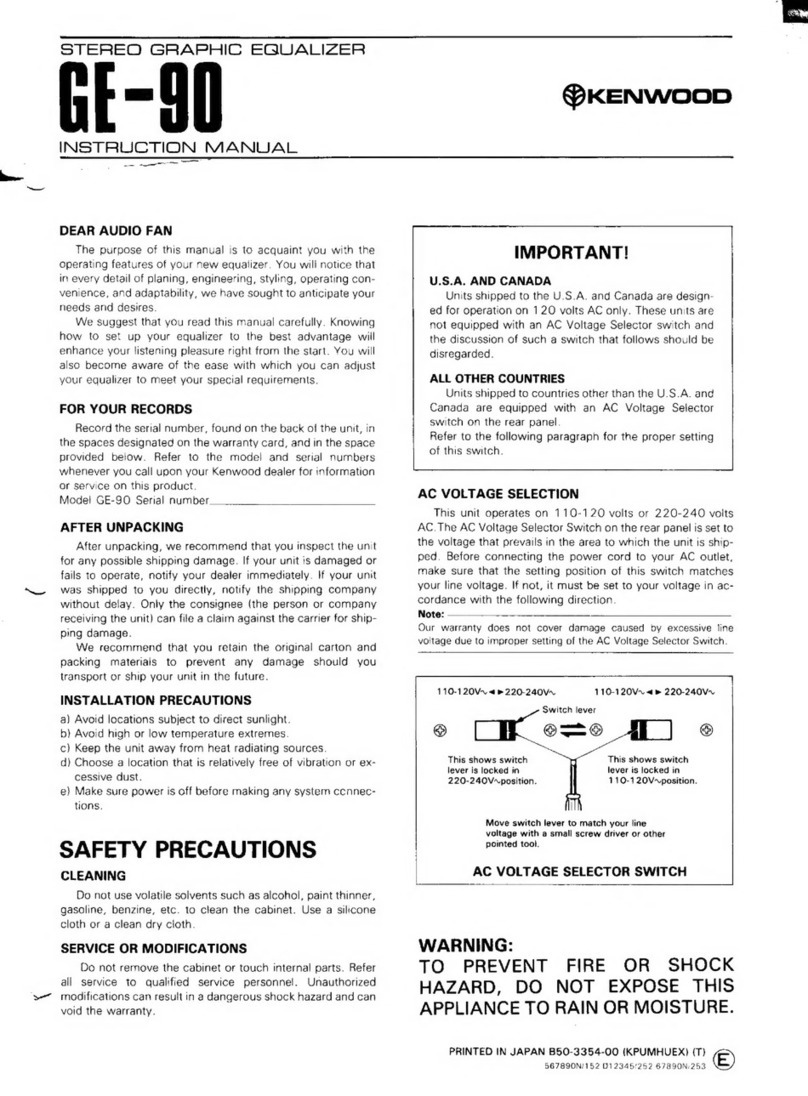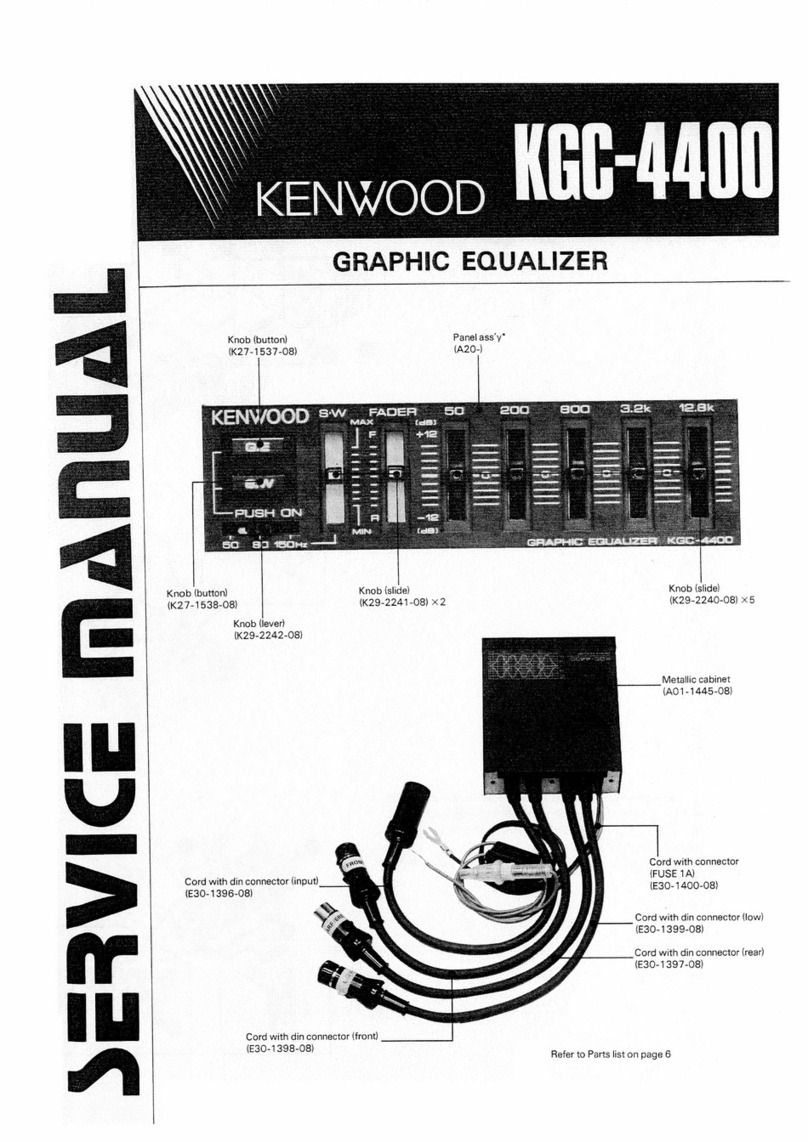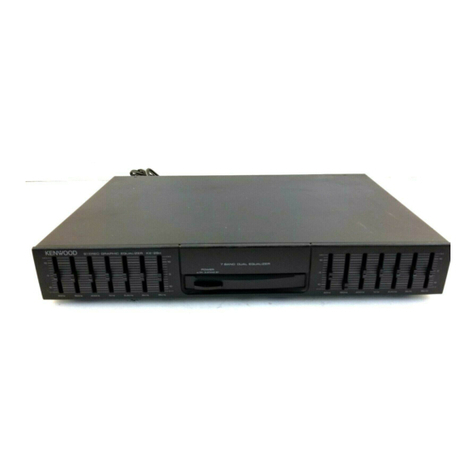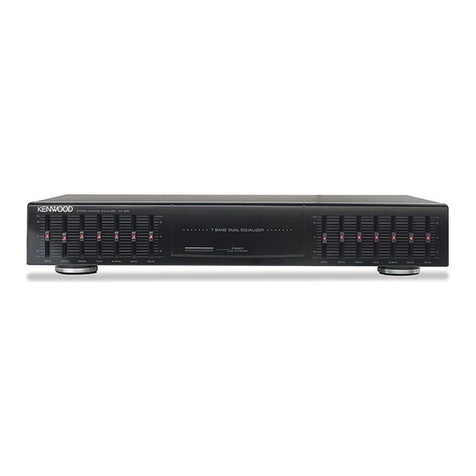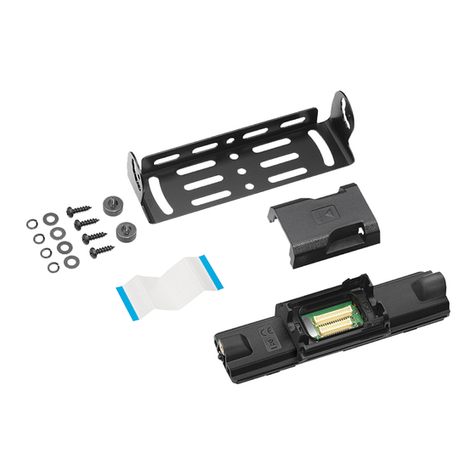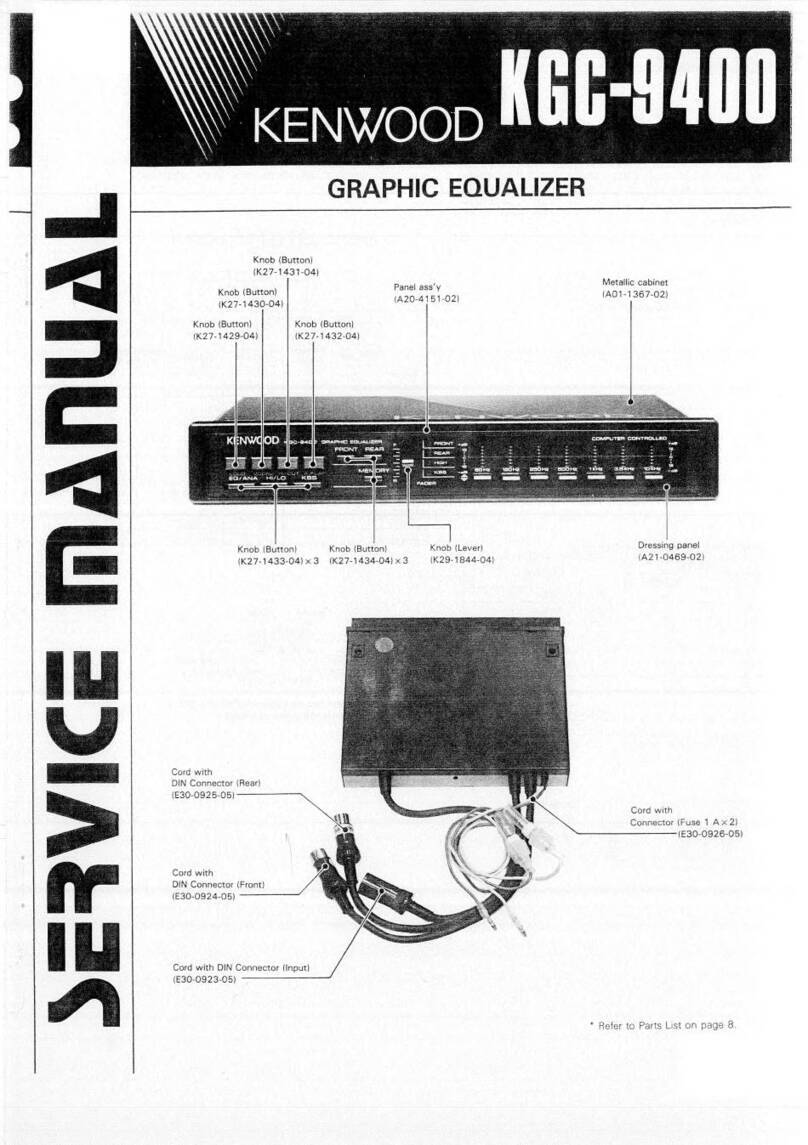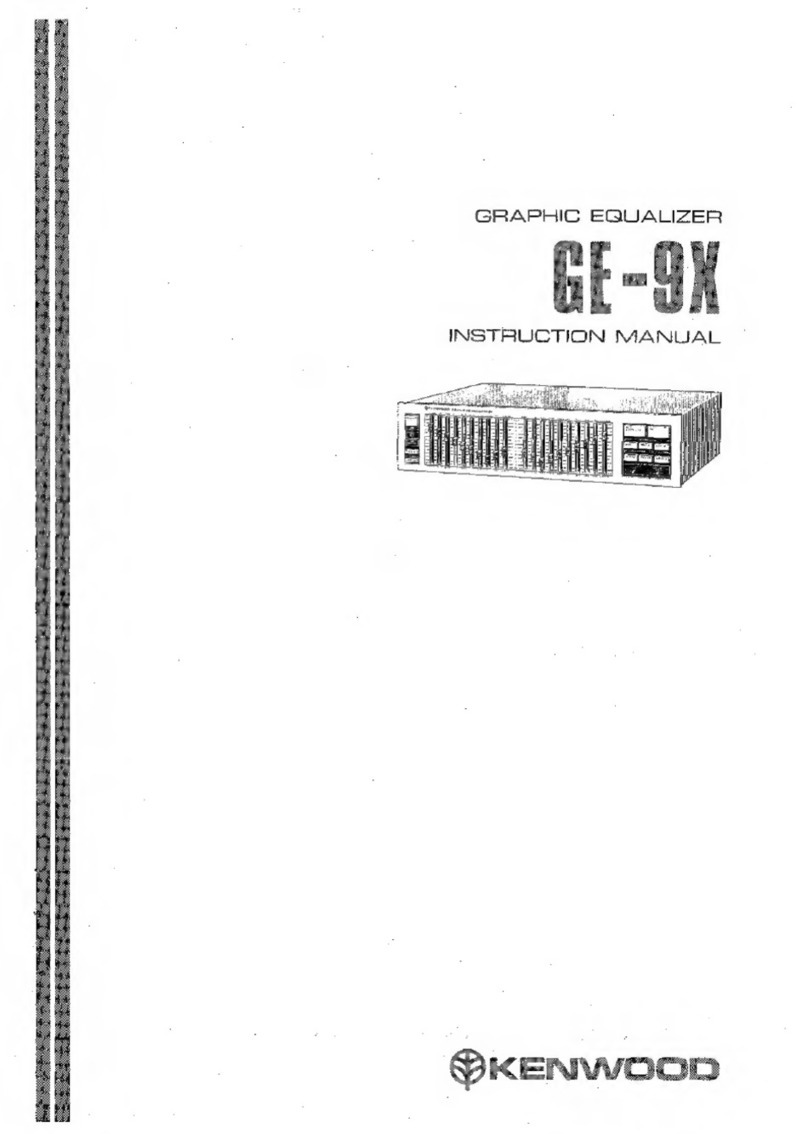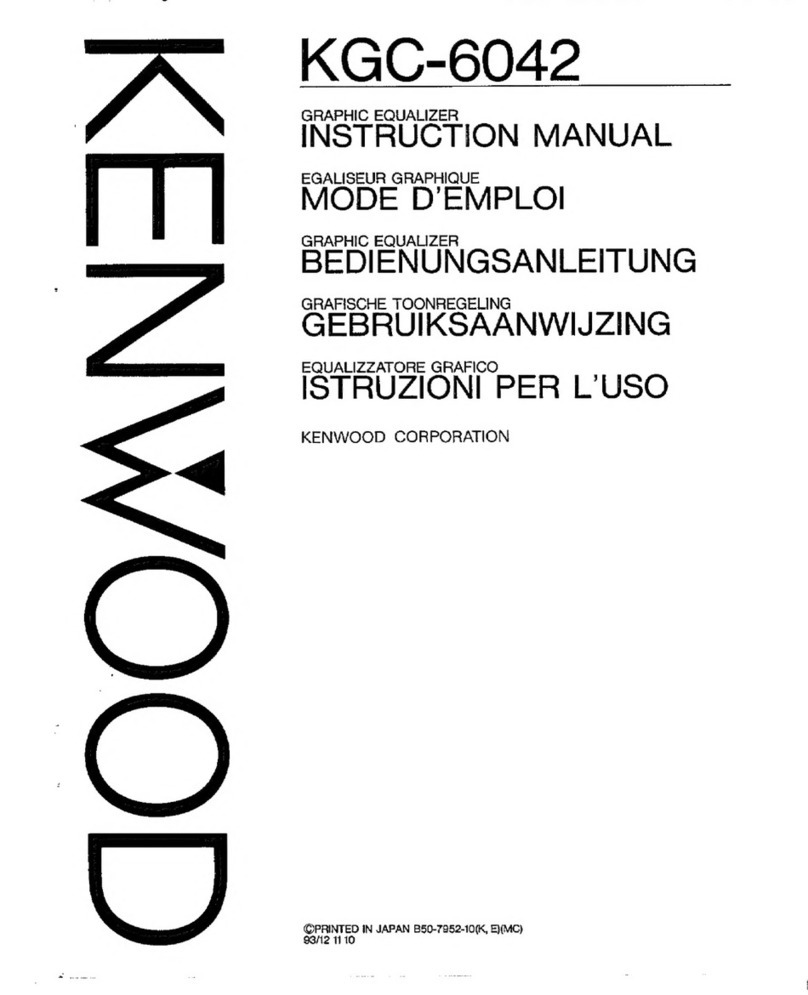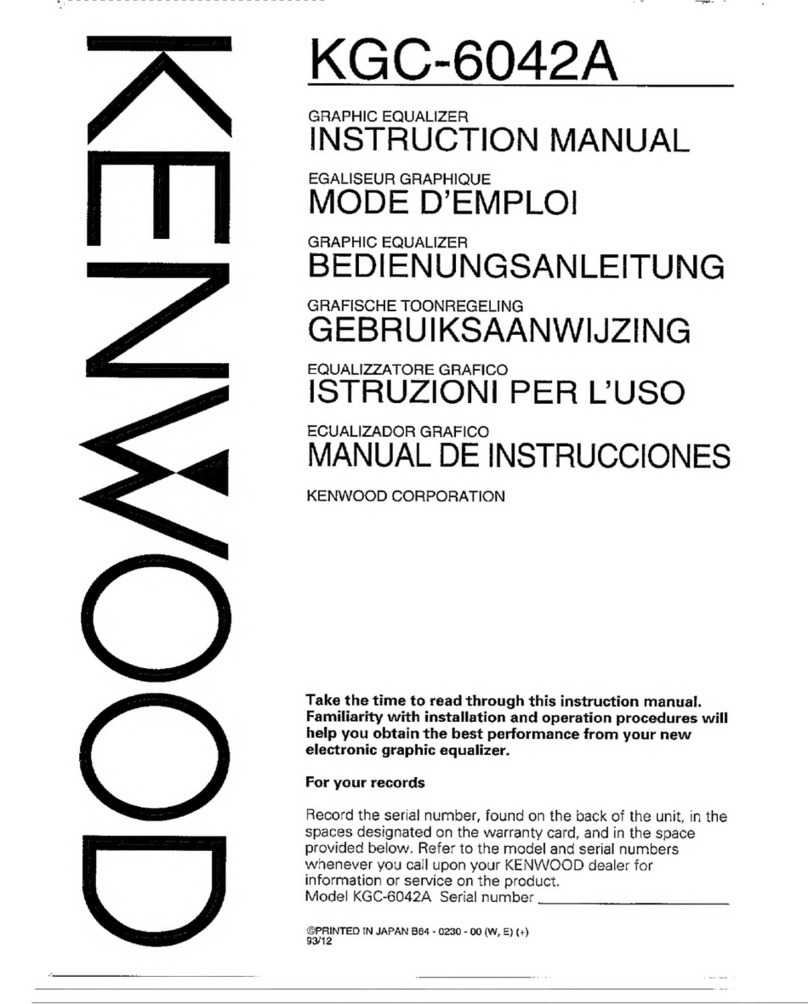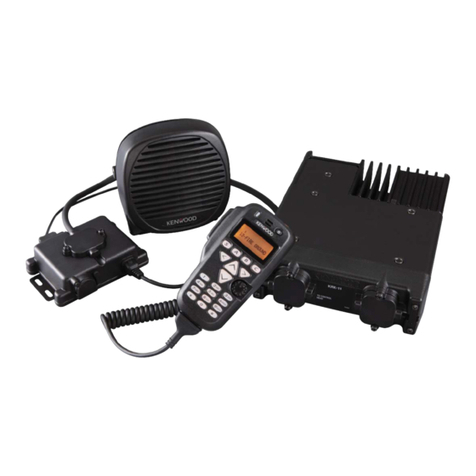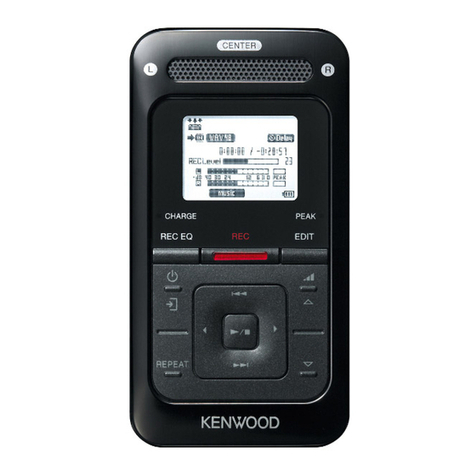
Introduction
Re
a
a
a
a
a
een
er
a
a
Your
choice
of
this
product
indicates
that
you
are
a
devotee
to
excellence
in
sound
reproduction.
:
We
appreciate
your
patronage
and
take
pride
in
the
long
tradi-
tion
of
quality
components
that
our
company
represents.
So
that
you
can
get
the
most
out
of
your
unit,
we
suggest
that
you
take
the
time
to
read
through
this
manual
before
you
hook
up
and
operate
your
system,
This
will
acquaint
you
with
oper-
ating
features
and
system-connection
considerations
so
that
your
listening
pleasure
will
be
enhanced
right
from
the
start.
You
wiil
notice
that
in
all
aspects
of
planning,
engineering,
styling,
operating
convenience
and
adaptability
we
have
sought
to
anticipate
your
needs
and
desires.
Keep
this
manual
handy
for
future
reference.
For
your
records
Record
the
serial
number,
found
on
the
back
of
the
unit,
in
the
spaces
designated
on
the
warranty
card,
and
in
the
space
provided
below.
Refer
to
the
model
and
serial
numbers
whenever
you
call
upon
your
dealer
for
information
or
service
on
this
product.
Model
_
CS]
Number
Unpacking
:
Accessories
Unpack
the
unit
carefully
and
make
sure
that
all
accessories
are
put
aside
so
they
will
not
be
lost.
®
Audio
cords
Examine
the
unit
for
any
possibility
of
shipping
damage.
If
your
unit
is
damaged
or
fails
to
operate,
notify
your
dealer
immedi-
ately.
If
your
unit
was
shipped
to
you
directly,
notify
the
ship-
ping
company
without
delay.
Only
the
consignee
(the
person
or
company
receiving
the
unit)
can
file
a
claim
against
the
car-
rier
for
shipping
damage.
We
recommend
that
you
retain
the
original
carton
and
pack-
ing
materials
for
use
should
you
transport
or
ship
the
unit
in
the
future.
Contents
Caution:
Read
the
pages
marked
/b,
carefully
ta
ensure
safe
operation.
MALIOOWGCTION,
.f:42cccsetecdsietiactiecutace
at
ereundpnied
Suaeebsneeronnenieued:
2
OPSIavlOn:
INSMTHUGTIONS
ee
cene
ce
cadsaaccrteauteawsevetavaliavivesannsa
@
A,
Before
applying
power
wo.
See
ee
ne
3
How
to
apply
equalizer
effect
oo...
ececseececcessseseesessenns
8
fA
Safety
PrECAULIONS
ooo...
ccecsecasecsvscesceccescescerecscessnessecense
@
List
of
preset
equalizer
patterns
.........0
ce
eeeeeneeees
9
ASIMPORTANT
SAFEGUARDS
ooo
eecceceececssecceeessesseseeees
4
User-preset
of
user-created
patterns
......0..0...
adeisttes
10
SVS
(SM
CONMEC
TOMS:
seunavisil
desadoredonta
tes
ndumt
a
dense
ces
1B
How
to
play
tape
with
equalizer
effect
oo...
10
Controls
and
INGICALO‘S
2...
esesssssssseescesnecenscsesessesessceseceenens
7
How
to
record
sound
with
equalizer
effect
ou.
10
Contents
Of
GISPIAY
isssicivcsevnisiie
vonceesevsdesencauvesticndecscascecs
11
ASI
CaSe
OF-CITCUILY.
Scere
passaeiceeeiementcivinvondiacaaeress
12
AS
SHECIICALIONS:
arcane
nate
keee
tne
dot,
elev
altekas
12
2
GE-4030
(En)
